 Grapette Patches
Grapette Patches
Entry Category: Folklore and Folklife
 Grapette Patches
Grapette Patches
 Grapette Sign
Grapette Sign
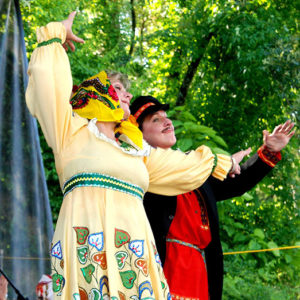 Greek Folk Dancing
Greek Folk Dancing
Greek Food Festival
aka: International Greek Food Festival
 Greek Costumes
Greek Costumes
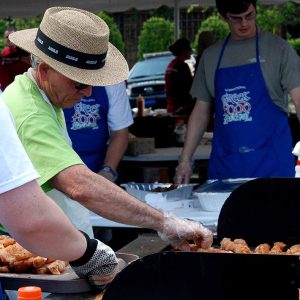 Greek Food
Greek Food
Gurdon Light
 Carl Hall
Carl Hall
 Wes Hall
Wes Hall
 Wes Hall and Vernon Rodgers
Wes Hall and Vernon Rodgers
 Wes Hall and Motor Home
Wes Hall and Motor Home
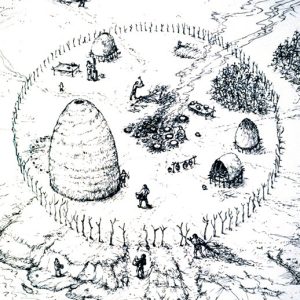 Hardman Site
Hardman Site
 Harvesting Grapes
Harvesting Grapes
Heber Springs Water Panther
Hell’s Half Acre
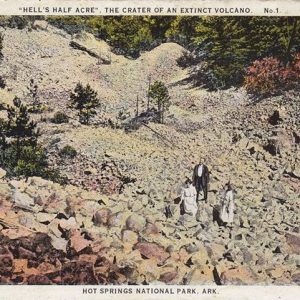 Hell's Half Acre
Hell's Half Acre
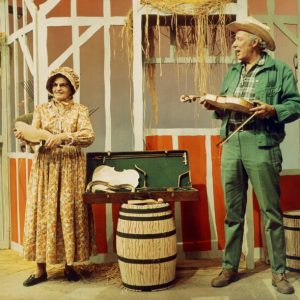 Violet Hensley
Violet Hensley
 Violet Hensley
Violet Hensley
High, Fred
aka: Fredrick Green High
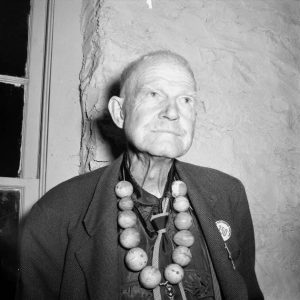 Fred High
Fred High
Hilderbrand, Joe
Hillbillies
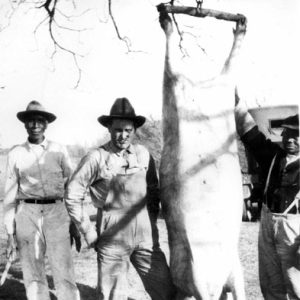 Hog Butchering
Hog Butchering
 Hot Springs Distilling
Hot Springs Distilling
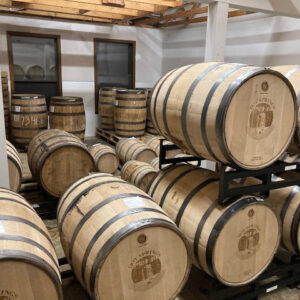 Hot Springs Distilling Barrels
Hot Springs Distilling Barrels
 Hot Springs Distilling Equipment
Hot Springs Distilling Equipment
Jackson Cookie Company
Jones Bar-B-Q Diner
 Jones Rebuilding
Jones Rebuilding
King Crowley
King, Helen Martin
 Knoble Brewery
Knoble Brewery
Kream Kastle
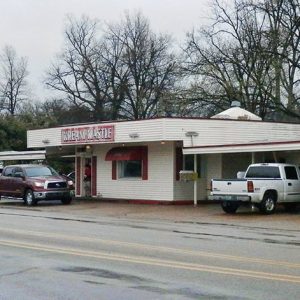 Kream Kastle
Kream Kastle
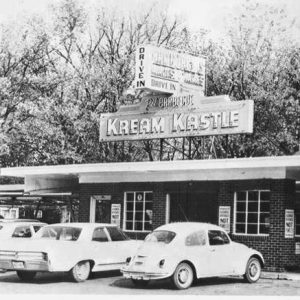 Kream Kastle
Kream Kastle
 Kream Kastle Sign
Kream Kastle Sign
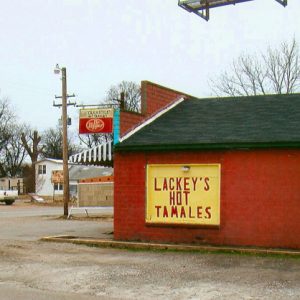 Lackey's Hot Tamales
Lackey's Hot Tamales
Lake Conway Monster
aka: Skunk Ape
Lassis Inn
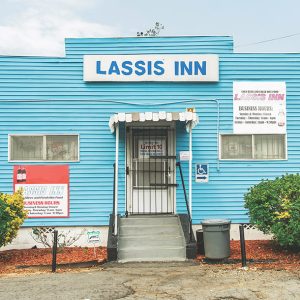 Lassis Inn
Lassis Inn
Lindsey, Donnie Lee, Sr.
 Donnie Lindsey
Donnie Lindsey
 Little Rock Brewing & Ice Company
Little Rock Brewing & Ice Company
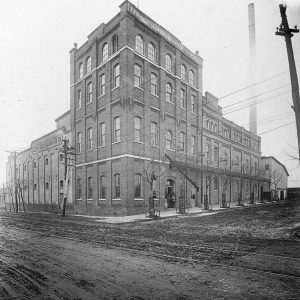 Little Rock Brewing & Ice Company
Little Rock Brewing & Ice Company
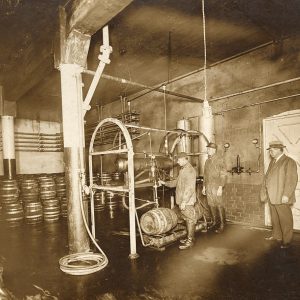 Little Rock Brewing & Ice Company
Little Rock Brewing & Ice Company
Lost Cause Myth of the Confederacy
Lost Forty Brewing
 Lost Forty Brewing
Lost Forty Brewing
 Lost Forty Brewing
Lost Forty Brewing
 Lost Forty Brewing Tanks
Lost Forty Brewing Tanks




